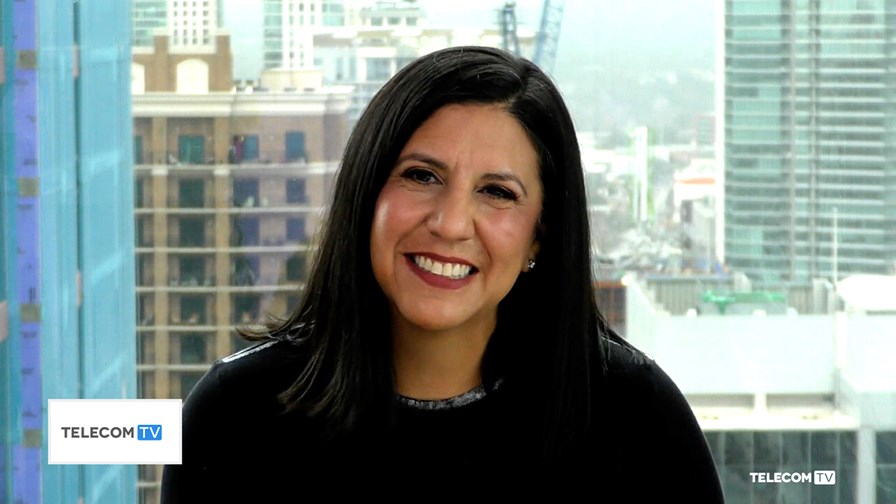
- EE extends its ‘Stay Connected’ data services
- Verizon rules out taking its core to the public cloud
- What’s going on with the public cloud and the edge
5G operators are firing their opening shots on how they are likely to differentiate themselves once the build and deploy phase of UK 5G is over. EE seems to be fastening its sights on connectedness and has launched a new range of connected device plans to light the way. Customers who purchase a tablet, laptop, 4GEE or 5GEE mobile WiFi devices or a Data SIM will now be able to take advantage of EE’s ‘Stay Connected’ data service, which was recently launched with a Netflix ‘Smart benefit’. EE is extending them to customers who take out a new connected device plan. It says the Stay Connected service will be available to new and upgrading Essential and Smart plan customers who purchase any EE connected device including tablets, laptops and 4GEE and 5GEE mobile broadband devices. Stay Connected will also be available on pay monthly Data SIMs. EE has taken a speed tier approach to apportioning bandwidth. It says its Stay Connected data is fast enough for accessing email, music streaming and web browsing, but demanding customers across all plans will still have the choice of a data add-on if they want to continue with full speed data, or they can receive additional data from someone on the same shared plan via data-gifting, or…. Yes, it gets complicated, but that always happens….If you want a proper immersive ‘prospective customer trying to work out the best plan’ experience, you can fill your boots at https://shop.ee.co.uk/my-offers
Verizon this week has been reported as ruling out the idea of following AT&T into the public cloud with its core network. That’s just not the sort of thing Verizon thinks a big telco should do, perhaps implying that it wants to make it a schism issue between the two US telco giants. The implication was that if you don’t directly control the core you’re unlikely to be as reliable in operation as one (Verizon) who does. Such statements are always a hostage to fortune, and fortune didn’t wait long to come forward and deliver a low blow, with reports coming in from Monday this week, that Verizon Wireless was suffering ‘outages’ - a word that now gets pulled out of the bag whenever someone can’t get a signal on their phone. According to Newsweek, “The wireless service provider started to suffer major issues at around 12 a.m. ET on Tuesday with a spike of outages reported to website and service tracker DownDetector,” which said the majority of reported connection issues happened in New York City and Minneapolis, although there were cases all across the U.S.” Verizon denied there was any widespread disruption to its services and blamed the bulk of such trouble on a truck accident causing a fibre cut in upstate New York.
“What’s going on with the public cloud and the edge,” asks Danielle Royston in her latest blog post on TelcoDR. “As we’ve seen over the past few months, there have been a number of high-profile announcements of telcos partnering with the hyperscalers.” She outlines the advantages for telcos of using public cloud at the edge, the disadvantages of not doing so, and concludes that it’s a no-brainer. “The answer is clear – telcos should leverage the capabilities of the public cloud to provide a tech stack that’s easier to sell and use, or to provide an improved user experience without CapEx investment. The end result is more enterprise revenue for telcos, and more innovative engagement with subscribers.” Read the full blog here…
Email Newsletters
Sign up to receive TelecomTV's top news and videos, plus exclusive subscriber-only content direct to your inbox.




